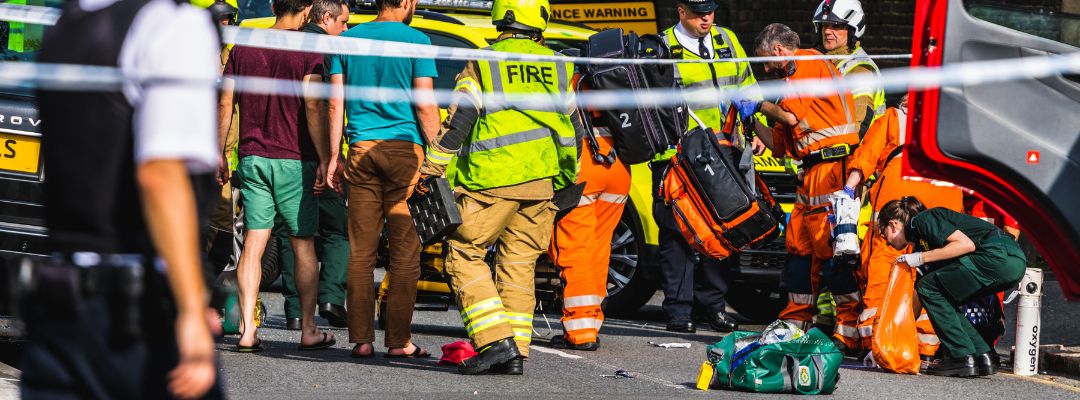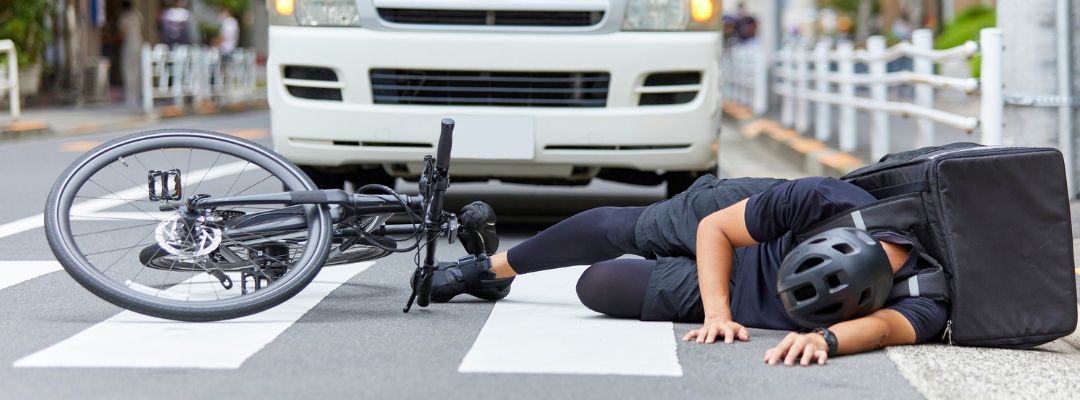
Understanding the Importance of Reporting Injuries at the Scene of an Accident in Maryland
When you’re involved in a car accident, it’s natural to feel overwhelmed and unsure of what to do next. However, if you’re in Maryland, there’s one critical step you should never skip: reporting your injuries at the scene. Failing to do so can significantly impact your ability to file a police report and make it harder to establish liability with insurance companies later on.
Why Reporting Injuries at the Scene is Crucial

How This Affects Your Claim
- Insurance Companies May Deny Liability: Without a police report, it becomes your word against the other driver’s. Insurance companies may use the lack of documentation to dispute or deny liability.
- Delays in Compensation: The absence of a clear record can lead to prolonged negotiations or even legal disputes, delaying the compensation you need for medical bills, lost wages, and other damages.
- Weakened Evidence: A police report provides an impartial account of the accident, including witness statements, road conditions, and other critical details. Without it, proving your case becomes more difficult.
You Don’t Have to Leave in an Ambulance

One common misconception is that reporting injuries at the scene means you have to leave in an ambulance. This is not true. While severe injuries may require immediate medical attention, you can still report your injuries and choose to seek treatment on your own. Here’s how:
- Inform the Responding Officer: Clearly communicate that you’ve been injured, even if the symptoms seem minor at the time. Injuries like whiplash or concussions may not fully manifest until hours or days later.
- Document the Scene: Take photos of the accident, including any visible injuries and vehicle damage. If possible, gather witness contact information as well.
- Seek Medical Attention Promptly: Even if you don’t leave the scene in an ambulance, visit a doctor or urgent care facility as soon as possible. Medical records are vital for establishing the extent of your injuries.
Tips for Protecting Your Rights After an Accident

- Stay Calm and Composed: Take a few deep breaths and focus on ensuring everyone’s safety.
- Call 911: Report the accident and request an officer to the scene.
- Be Honest About Your Injuries: Don’t downplay how you’re feeling, even if the pain seems minor.
- Follow Up with Medical Care: Document your injuries thoroughly and follow your doctor’s recommendations.
- Consult an Attorney: An experienced car accident attorney can help you navigate the complexities of Maryland’s legal and insurance systems.
We’re Here to Help
At The Law Office of C. James Terry, LLC, we understand how confusing and stressful the aftermath of a car accident can be. Our team is here to guide you through the process and ensure your rights are protected. If you’ve been injured in an accident, contact us today for a free consultation. Let us help you build a strong case and secure the compensation you deserve.







